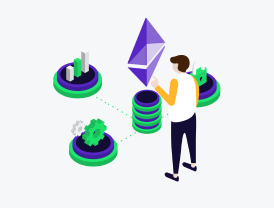What Is Polygon? A Crypto Guide
In what might be the most widely adopted solution in the blockchain universe that you’ve never heard of — it might also serve as one of the most important tools, as well — Polygon serves as a scaling solution for the world’s biggest and most widely used blockchain network, Ethereum.
And like all things in this digital ecosystem, where everything is interconnected and related to each other, there’s usually an origin story that begins with a mission to improve some functionality of the web3 ecosystem.
Created as the Matic Network in 2017, Polygon was built as a secondary blockchain solution — often referred to as a layer-2 solution — to Ethereum, the formidable layer-1 blockchain network, improving its capability and viability. However, even though Polygon was originally built to support and expand its layer-1 counterpart, it wouldn’t be a stretch to say that nowadays, Polygon might be more important to Ethereum’s growth and existence than vice versa (more on that later).
In early 2021, the project went through a rebrand, switching its name from the Matic Network to Polygon. However, even with the network’s name change, the original namesake continues to live on — the symbol of the network’s native currency is still MATIC.
It can all be confusing — Polygon, MATIC; MATIC, Polygon. Your head might be put on a swivel as you bounce rapidly between those two terms, trying to figure out which is which, how they function, and if they are the same thing. We’re here to help.
Not only do we want to clear up the differences between Polygon and MATIC, but we also want to organize all this information for you so you can correctly understand and file them into the correct files, folders, and boxes of information in your crypto and blockchain database.
Though this guide is meant to be a broad, full-reaching education and understanding of Polygon and its capabilities, it is not meant to be all-encompassing. We want this guide to be your launching pad into the Polygon ecosystem, providing you with a starting block that will enable you to know what questions to ask to further your education.

What is the Polygon network?
Though it can get confusing for some people to understand that Polygon and MATIC are actually part of the same mini-universe, in some ways, it makes it easier that there are two distinct names that refer to the actual coin and the network. Hopefully, this makes it easier to refer to each component with the correct name. As we mentioned, there’s Polygon (the network) and there’s MATIC (the token).
So what exactly is the Polygon network? Before we get into it, we first need to start with Ethereum.
As we’ve covered in our Ethereum 101 guide, Ethereum is the largest and most used layer-1 solution in the blockchain ecosystem, hosting thousands of decentralized applications that are part of its network. However, all this activity has created massive traffic congestion on the network, slowing down transaction times and raising transmission costs (gas fees). And this is where Polygon comes into the equation.
Polygon serves two major purposes. The first important function — and with no particular order — is that it serves as a scaling solution to improve the speed. But it also reduces the cost and complexities of transactions on Ethereum.
Polygon helps applications on the Ethereum network scale by processing transactions on the Ethereum mainnet on carbon-copy side chains while still maintaining the same security measures and decentralization as Ethereum. With the use of these side chains, or “child chains” as they are referred to, Ethereum is able to process up to 65,000 transactions per second on a single side chain, along with a block confirmation time of less than 2 seconds, without compromising security. In short, Polygon is able to provide a compatible scaling solution that reduces speed and cost because of its underlying architecture as a proof-of-stake commit chain.
The second important function that Polygon has brought to the blockchain ecosystem is that it is a platform where developers can launch their own sovereign blockchains and decentralized applications, empowered by a set of advanced modules that enable the deployment of interconnected blockchain networks, with easily customizable functionality. Catering to the diverse needs of developers, the network provides tools to create scalable decentralized applications that prioritize experience, performance, cost, and security. Put simply, it has built the framework for building an inter-connected Ethereum-compatible blockchain network, essentially transforming Ethereum into an internet of blockchains.
Although entirely focused on Ethereum at present, Polygon plans to develop its scalability-focused product offering to support other blockchains, provide cross-chain interoperability between different protocols, and to ultimately enable the mass adoption of DeFi and new blockchain infrastructures.
How does Polygon work?
So how does Polygon work? How is it able to increase the speeds and reduce the costs of transactions on Ethereum?
Polygon functions primarily through commit chains, which are transaction networks that operate adjacent to a main chain layer-1 network — in this case, Ethereum. The commit chains group together batches of transactions and confirm them simultaneously before returning data back to the main chain.
You can picture Polygon’s Commit chains as being the HOV lane with cashless tolls on a highway — it sends transactions through a parallel route as the main lanes on a highway that has cash tolls, but due to its cashless toll system — the proof-of-stake mechanism in this case — it’s able to expedite transaction times and keep the roads from becoming congested. (In this analogy the main Ethereum blockchain is the main-lane highway).
Polygon uses a variety of technologies to create this speedy parallel blockchain and link it to the main Ethereum blockchain.
Polygon uses this proof-of-stake consensus mechanism to create new MATIC tokens and secure the network, which means that one of the ways you can earn money on the tokens you’re holding is by staking them. In this system, there are two parties that take part in the process: validators and delegators.
Validators do the heavy lifting, as they verify new transactions and add them to the blockchain. They are chosen at random, but based on how large of a pool they possess of MATIC tokens, their chances of being selected can be improved. Validators get rewards for proposing new blocks and for attesting to ones they’ve seen; however, if they make an error or act maliciously, they could lose some of their “stake” of tokens in their pool. A delegator is someone who stakes their tokens indirectly via a pool created by a validator. Although the rewards for taking this position in the process are much lower, the work is also much less.
What is the MATIC token?
After rebranding, Polygon retained its MATIC currency, the native token underpinning the network. MATIC is used as the unit of payment and settlement between participants who interact within the network. MATIC is an ERC-20 token, which enables it to be a part of the Ethereum ecosystem and compatible with other Ethereum-based digital currencies. The token has several distinct uses: for “gas”, network security, and governance.
Matic is considered to be the lifeblood of Polygon chains — it is used to power the protocol via a gas-based mechanism, being used to pay network fees accrued from the computational power the network exerts to transfer data. In short, when you conduct any transaction on the network or use a Polygon application, you pay a fee in MATIC to use the network. This fee is an incentive for miners to process and verify what you’re trying to do. This mechanism also allows software developers and ecosystem contributors to build dApps on Polygon by paying MATIC tokens to use the platform and its development framework.
Secondly, the token is used for network security. Polygon uses a proof-of-stake mechanism. MATIC can be used to secure the Polygon network and earn rewards by staking the token. In this use-case, the threat of losing MATIC disincentivizes attacks.
And lastly, MATIC can also be used for governance. MATIC token holders enjoy special privileges on the protocol. The tokens can be used for network participation via governance voting on Polygon Improvement Proposals.
Currently, there is a maximum supply of MATIC tokens that can be mined, capped at 10 billion — as of the time of writing this, nearly 80% of which are currently in circulation.
How do Polygon and MATIC have value?
The question of value really depends on who you ask, but there are several ways in which one can quantify and assess the value of Polygon and MATIC.
In most simplistic terms, since MATIC is a public asset, its value is set by public markets just like any other public currency. People buy and trade MATIC, and depending on the day, its price can fluctuate based on public sentiment.
Though the token’s price can sometimes feel arbitrary, there can be an underlying value to the asset based on the utility of the Polygon network. To many investors, Polygon’s value is based on its ability to cut costs and increase speeds of transactions on the most widely used layer-1 blockchain network in the crypto ecosystem. Polygon charges transaction fees on its own network, and even though they are a fraction of the cost that transactors pay when using Ethereum’s network, because of its proof-of-stake architecture, Polygon is able to process tens of thousands more transactions per second.
Polygon’s ability to create side chains and create an internet of blockchains not only impacts Ethereum, but also presents a major benefit to all those running and using DeFi applications. Polygon has also created a framework that others can duplicate, thus providing value for all those that want to create their own blockchain.
What is Polygon’s mission?
Polygon is a decentralized Ethereum scaling platform that enables developers to build scalable user-friendly dApps with low transaction fees without ever sacrificing on security. It was developed as a layer-2 solution to be used in conjunction with, and to improve upon, the Ethereum blockchain network. It is able to provide a compatible scaling solution that reduces speed and cost.
The Polygon platform operates using the Ethereum blockchain network, connecting Ethereum-based projects. Created to support and expand Ethereum, the Polygon platform helps increase the flexibility, scalability, and the sovereignty of a blockchain project while still affording the security, interoperability, and the structural benefits of Ethereum.
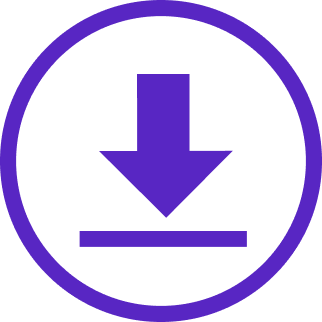

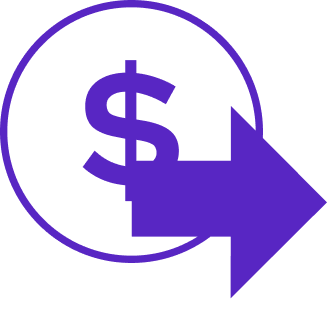
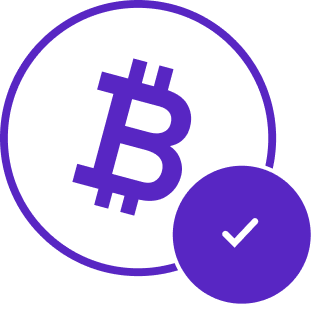
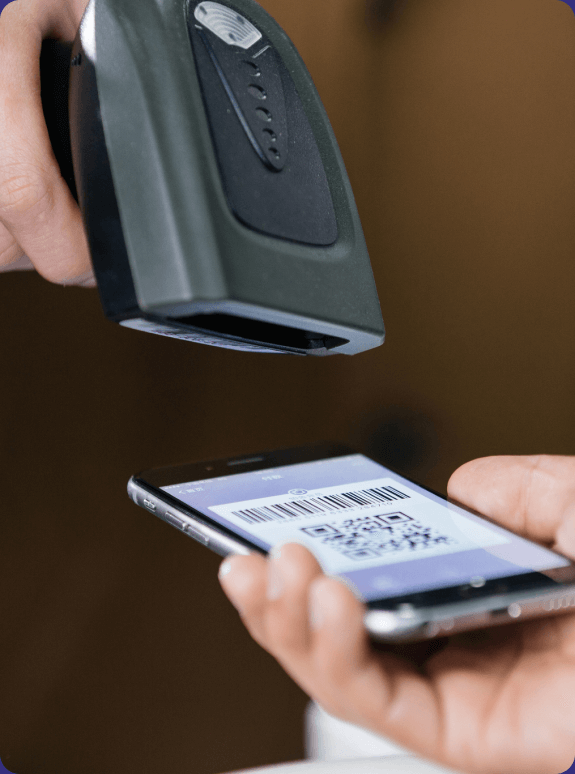
 today and save big! Get up to 35% more crypto for your cash at 10,000 retailers nationwide.
today and save big! Get up to 35% more crypto for your cash at 10,000 retailers nationwide. 
